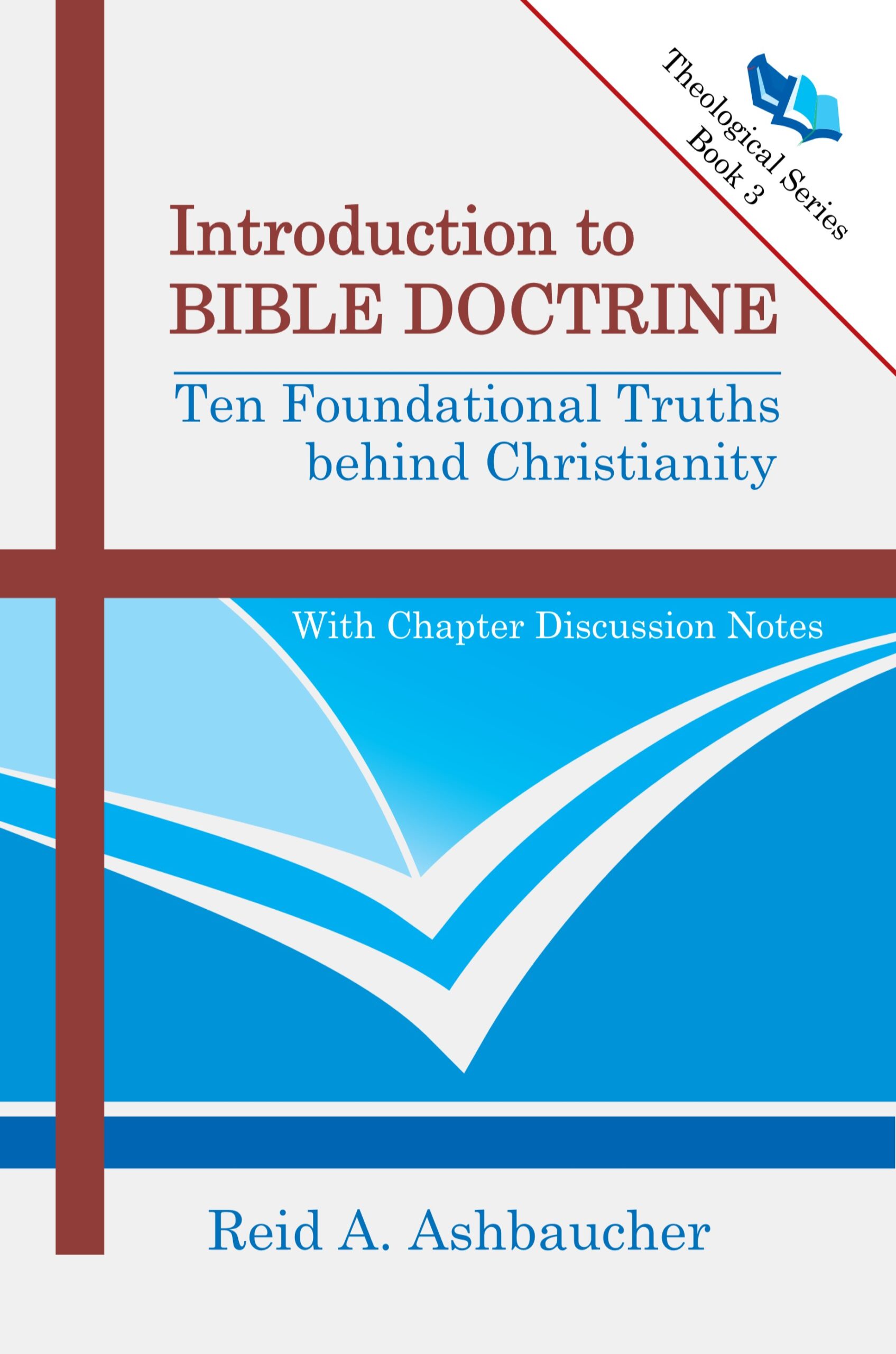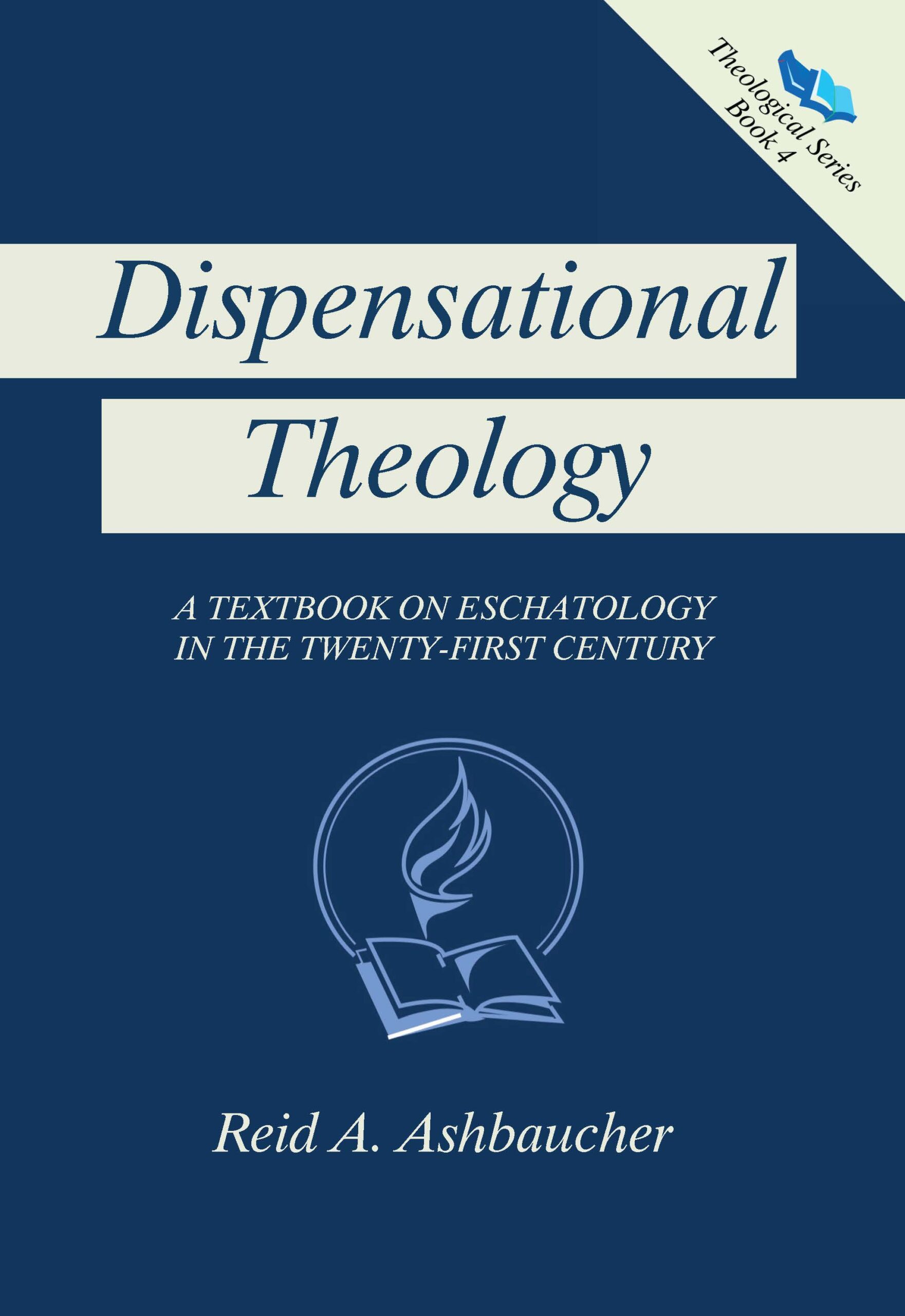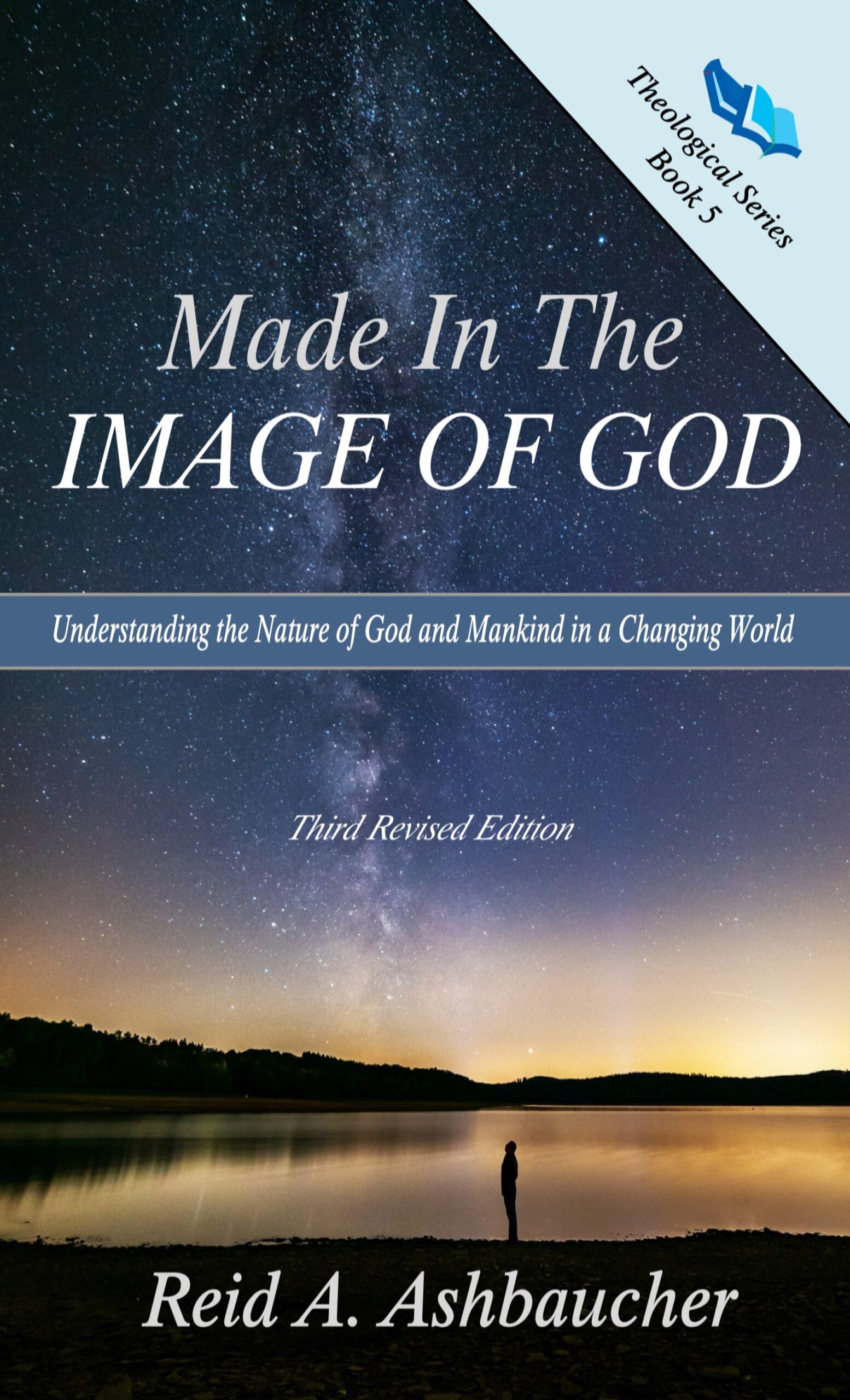Atonement – The doctrineBible doctrine is any subject within the Bible that is taught as a principle, law or commandment. Some would hold that the wisdom advice given in the book of Psalms and Proverbs could be classified as doctrine as well, because of the many principle concepts that can be applied to everyday life. of Atonement is rooted in the Old TestamentThe Old Testament in the Bible is a collection of 39 books, written in Hebrew and Aramaic, between 1446 B.C. and 425 B.C. They were then translated into a Greek manuscript called the Septuagint between the second and forth centuries B.C. Jesus referred to the Hebrew manuscripts as the Law, the Proph... More and is the foundation in *ChristianAccording to the Bible, Christians are those that put their faith in Jesus Christ and follow him as Lord and King of their lives. To reject that Jesus is not equal in nature with God or reject the teaching of the Trinity of God would forfeit anyone's claim to be called Christian. (Acts 11:26, 26:28;... More teaching for reconciliationReconciliation is a process to reconcile or to restore, or make a relationship whole again. Through Christ's life, sacrificial death on the Roman cross on mount Calvary and his resurrection from the dead, God provided a way to reconcile or restore the relationship between his creation and himself. [... between God and Man. Atonement, as found in the Old TestamentThe Old Testament in the Bible is a collection of 39 books, written in Hebrew and Aramaic, between 1446 B.C. and 425 B.C. They were then translated into a Greek manuscript called the Septuagint between the second and forth centuries B.C. Jesus referred to the Hebrew manuscripts as the Law, the Proph... More ScripturesThe Scriptures, as spoken of on this site, represents the 66 books found in the Protestant Bible, with 39 books in the Old Testament and 27 books found in the New Testament. It is our view that these books were written between 1446 BC and 96 AD, representing a time span of about 1,500 years, by the ..., is derived from the Hebrew word kaphar, (kaw-far’) (OT:3722 Strong’s number definition) primarily meaning to “cover”.
The doctrineBible doctrine is any subject within the Bible that is taught as a principle, law or commandment. Some would hold that the wisdom advice given in the book of Psalms and Proverbs could be classified as doctrine as well, because of the many principle concepts that can be applied to everyday life. of Atonement can only be understood in the context of other doctrinal teachings of the Scripture and are listed as follows: The doctrineBible doctrine is any subject within the Bible that is taught as a principle, law or commandment. Some would hold that the wisdom advice given in the book of Psalms and Proverbs could be classified as doctrine as well, because of the many principle concepts that can be applied to everyday life. of God, Man, Sin, and SalvationSalvation within the Scriptures (Bible) simply means to save that which was lost. In reference to humanity, the Scriptures teach that because the first humans (Adam and Eve) sinned against God, the human race became lost to God, thus needing to be saved or redeemed by God. Jesus Christ said it this ... More:
1.) God – The ScripturesThe Scriptures, as spoken of on this site, represents the 66 books found in the Protestant Bible, with 39 books in the Old Testament and 27 books found in the New Testament. It is our view that these books were written between 1446 BC and 96 AD, representing a time span of about 1,500 years, by the ... teach that God is holy and therefore must separate himself from all that is morally unclean or unholy. The ScripturesThe Scriptures, as spoken of on this site, represents the 66 books found in the Protestant Bible, with 39 books in the Old Testament and 27 books found in the New Testament. It is our view that these books were written between 1446 BC and 96 AD, representing a time span of about 1,500 years, by the ... demonstrate that God is Omnipresent, but at the same time, the ScripturesThe Scriptures, as spoken of on this site, represents the 66 books found in the Protestant Bible, with 39 books in the Old Testament and 27 books found in the New Testament. It is our view that these books were written between 1446 BC and 96 AD, representing a time span of about 1,500 years, by the ... speak of God having dwelling places throughout history and in eternity. See: Revelation 4:8, 2 Corinthians 6:14-18, Psalm 139:7-10, Jeremiah 23:23-2423 "Am I a God who is near," declares the Lord, "And not a God far off? 24 "Can a man hide himself in hiding places, So I do not see him?" declares the Lord. "Do I not fill the heavens and the earth?" declares the Lord. (NASB), 1 Corinthians 3:16Do you not know that you are a temple of God, and that the Spirit of God dwells in you? (NASB), Psalm 123:1, Numbers 5:3, Exodus 25:1-9Then the Lord spoke to Moses, saying, 2 "Tell the sons of Israel to raise a contribution for Me; from every man whose heart moves him you shall raise My contribution. 3 And this is the contribution which you are to raise from them: gold, silver and bronze, 4 blue, purple and scarlet material, fine l..., Acts 17:24, and Ephesians 3:17. Because of this paradox, the doctrineBible doctrine is any subject within the Bible that is taught as a principle, law or commandment. Some would hold that the wisdom advice given in the book of Psalms and Proverbs could be classified as doctrine as well, because of the many principle concepts that can be applied to everyday life. of man and of sin must be understood to comprehend the need for the doctrineBible doctrine is any subject within the Bible that is taught as a principle, law or commandment. Some would hold that the wisdom advice given in the book of Psalms and Proverbs could be classified as doctrine as well, because of the many principle concepts that can be applied to everyday life. of Atonement.
2.) Man – The ScripturesThe Scriptures, as spoken of on this site, represents the 66 books found in the Protestant Bible, with 39 books in the Old Testament and 27 books found in the New Testament. It is our view that these books were written between 1446 BC and 96 AD, representing a time span of about 1,500 years, by the ... teach that man was created, by God, perfect and without fault, and God dwelt and walked with man having a close fellowship. (See: Genesis 2:4-9)
3.) Sin – The ScripturesThe Scriptures, as spoken of on this site, represents the 66 books found in the Protestant Bible, with 39 books in the Old Testament and 27 books found in the New Testament. It is our view that these books were written between 1446 BC and 96 AD, representing a time span of about 1,500 years, by the ... also teach that man through his own will sinned against God and became less than perfect; therefore, creating a break and a rift in the relationship between God and man. Because of God’s Holy nature, sin forced God to break the fellowship and closeness with man, while at the same time putting man under the penalty of eternal death. See Genesis 2:15-1715 Then the Lord God took the man and put him into the garden of Eden to cultivate it and keep it. 16 And the Lord God commanded the man, saying, "From any tree of the garden you may eat freely; 17 but from the tree of the knowledge of good and evil you shall not eat, for in the day that you eat fro..., Genesis 3. Atonement is required because of these three doctrines. If man is to be reconciled back to fellowship with God and is to be saved from spiritual death and God’s judgment, then atonement for sin is required. This leads us to the fourth doctrineBible doctrine is any subject within the Bible that is taught as a principle, law or commandment. Some would hold that the wisdom advice given in the book of Psalms and Proverbs could be classified as doctrine as well, because of the many principle concepts that can be applied to everyday life. listed, the doctrineBible doctrine is any subject within the Bible that is taught as a principle, law or commandment. Some would hold that the wisdom advice given in the book of Psalms and Proverbs could be classified as doctrine as well, because of the many principle concepts that can be applied to everyday life. of salvationSalvation within the Scriptures (Bible) simply means to save that which was lost. In reference to humanity, the Scriptures teach that because the first humans (Adam and Eve) sinned against God, the human race became lost to God, thus needing to be saved or redeemed by God. Jesus Christ said it this ... More.
4.) SalvationSalvation within the Scriptures (Bible) simply means to save that which was lost. In reference to humanity, the Scriptures teach that because the first humans (Adam and Eve) sinned against God, the human race became lost to God, thus needing to be saved or redeemed by God. Jesus Christ said it this ... More – The salvationSalvation within the Scriptures (Bible) simply means to save that which was lost. In reference to humanity, the Scriptures teach that because the first humans (Adam and Eve) sinned against God, the human race became lost to God, thus needing to be saved or redeemed by God. Jesus Christ said it this ... More process, as related to the doctrineBible doctrine is any subject within the Bible that is taught as a principle, law or commandment. Some would hold that the wisdom advice given in the book of Psalms and Proverbs could be classified as doctrine as well, because of the many principle concepts that can be applied to everyday life. of Atonement, begins with God’s plan and was implemented through the Abrahamic covenant revealed to man personally by God through His chosen leaders and prophets, then recorded in His Holy ScripturesThe Scriptures, as spoken of on this site, represents the 66 books found in the Protestant Bible, with 39 books in the Old Testament and 27 books found in the New Testament. It is our view that these books were written between 1446 BC and 96 AD, representing a time span of about 1,500 years, by the ... (The Bible). Today we read of God’s plan starting in Leviticus chapter 16, giving man a temporary atonement for his sins. God’s plan was the action of covering man’s sin with the blood of animal scarifies and was foreshadowingA foreshadow is when you present a concept or event before it happens in history. Biblical Examples: Abraham's willingness to sacrifice his only son Isaac in the book of Genesis, was a foreshadow of God sending his only Son to be sacrificed for humanities sin, as found in the historical records of t... God’s permanent plan through the life, death, burial, and resurrection of His son: Jesus ChristJesus Christ is the Son of the creator God, sharing in the same nature as God the Father and God the Holy Spirit. As Jesus says, "I and the Father are one." (John 10:30; NASB). This action sealed the New Covenant. (See: Exodus 30:10; Leviticus 4:20)
In Jeremiah 31:30-34 God reveals a new convent by which man can receive permanent atonement for sin through Jesus ChristJesus Christ is the Son of the creator God, sharing in the same nature as God the Father and God the Holy Spirit. As Jesus says, "I and the Father are one." (John 10:30; NASB) the son of God. As foreshadowed, Jesus acting as high priest, perfect and holy, sacrificed Himself through the shedding of His blood and becomes man’s permanent atonement for man’s sin. Thus, through the actions of Christ, our sin is covered by his blood, providing reconciliationReconciliation is a process to reconcile or to restore, or make a relationship whole again. Through Christ's life, sacrificial death on the Roman cross on mount Calvary and his resurrection from the dead, God provided a way to reconcile or restore the relationship between his creation and himself. [... to God through Himself. (See Romans 3:25whom God displayed publicly as a propitiation in His blood through faith. This was to demonstrate His righteousness, because in the forbearance of God He passed over the sins previously committed; (NASB); Acts 10:43Of Him all the prophets bear witness that through His name everyone who believes in Him receives forgiveness of sins. (NASB); Hebrews 9:22 and Hebrews 10:18Now where there is forgiveness of these things, there is no longer any offering for sin. (NASB).)










